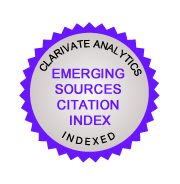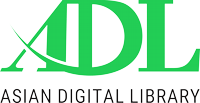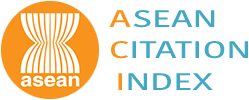The Motivational Profiles and Perceptions of Schooling of Asian Students in Australia
Abstract
Asian-background students are performing better than other groups within the Australian educational setting. In order to investigate the reasons for this achievement advantage, this study examines the motivational profiles of Asian-background and Anglo-background students in New South Wales Australia. The research utilises personal investment theory and self-concept theory to provide a research framework. 283 Asian-background and 887 Anglo-background students were administered the Inventory of School Motivation, the General Achievement Goal Orientation Survey, the Facilitating Conditions Survey, and the Academic Self Description Questionnaire. While the motivational and self-concept profiles of the two groups were surprisingly similar, there are core significant differences that help explain the Asian students’ achievement advantage. Asian-background students are highly task oriented and significantly more effort oriented, more competitive, praise and token oriented than the Anglo-background students. They have a significantly stronger sense of purpose for schooling and are more performance oriented. Asian-background students also have a stronger intention to go on to university and further study, value school and like school more than their Anglo peers. These results are consistent with those reported in earlier studies with Asian American students.
Additional Files
Published
30-01-2006
How to Cite
Mcinerney, D. M. (2006). The Motivational Profiles and Perceptions of Schooling of Asian Students in Australia. Malaysian Journal of Learning and Instruction, 3, 1–32. Retrieved from https://e-journal.uum.edu.my/index.php/mjli/article/view/7581
Issue
Section
Articles
























